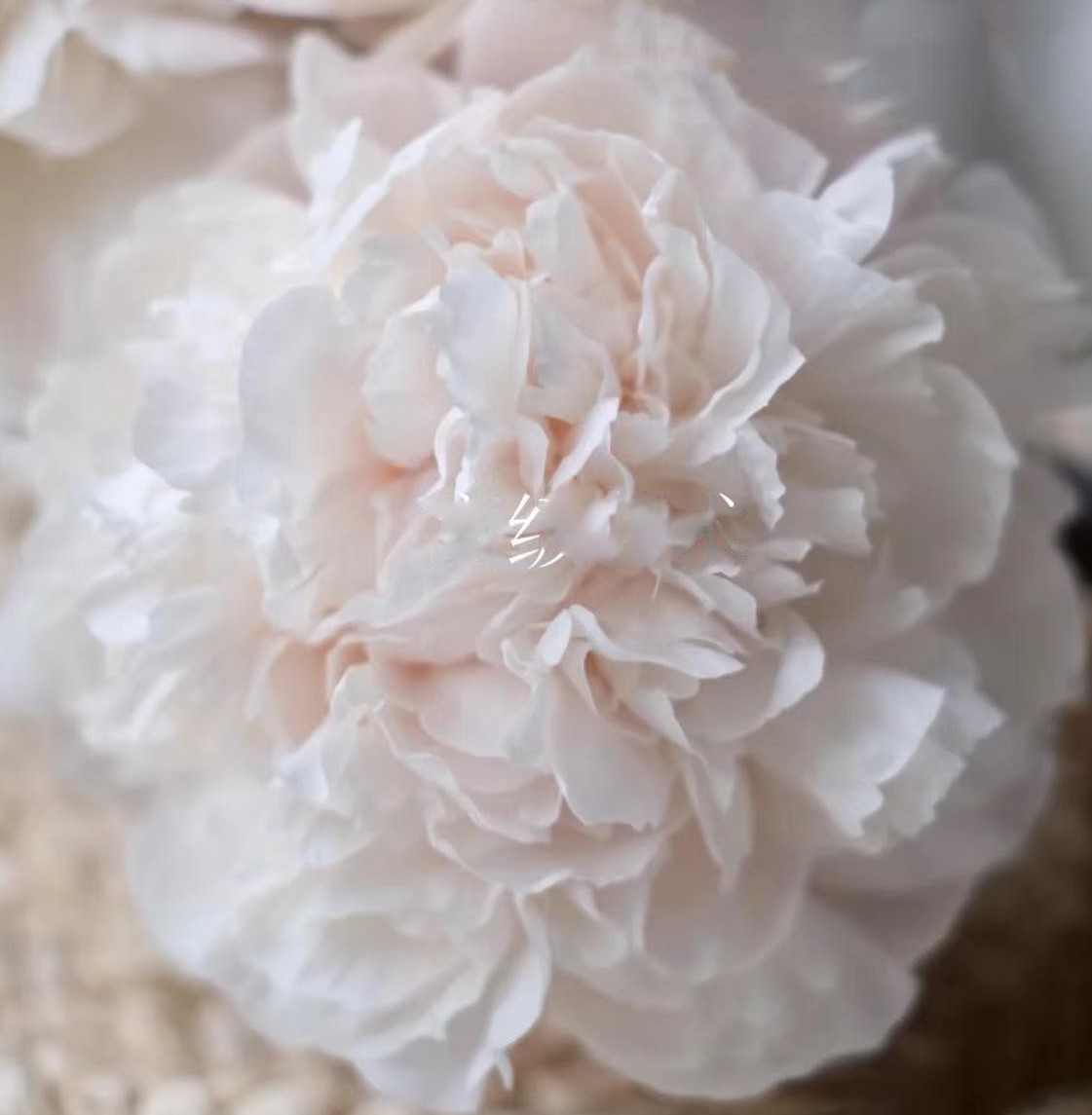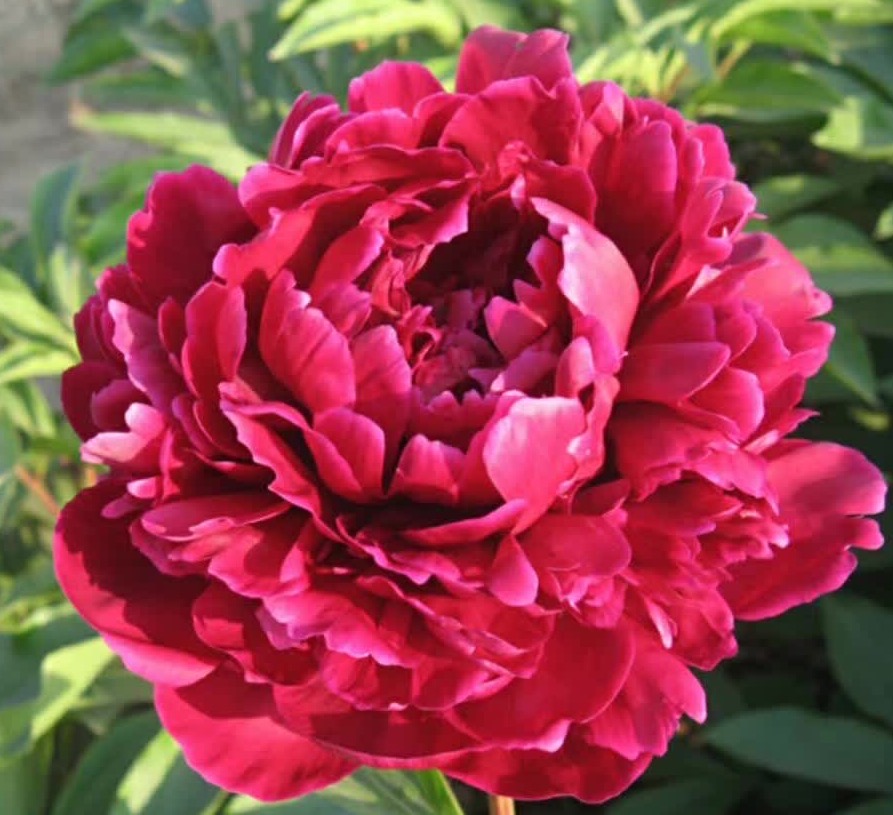
Herbaceous peonies are popular perennial flowering plants that are highly prized for their large, colorful, and fragrant blooms. They are native to Asia, primarily China and Japan, and have been cultivated for centuries for their ornamental value. Herbaceous peonies are a staple in many gardens due to their showy flowers, long lifespan, and low maintenance requirements.
